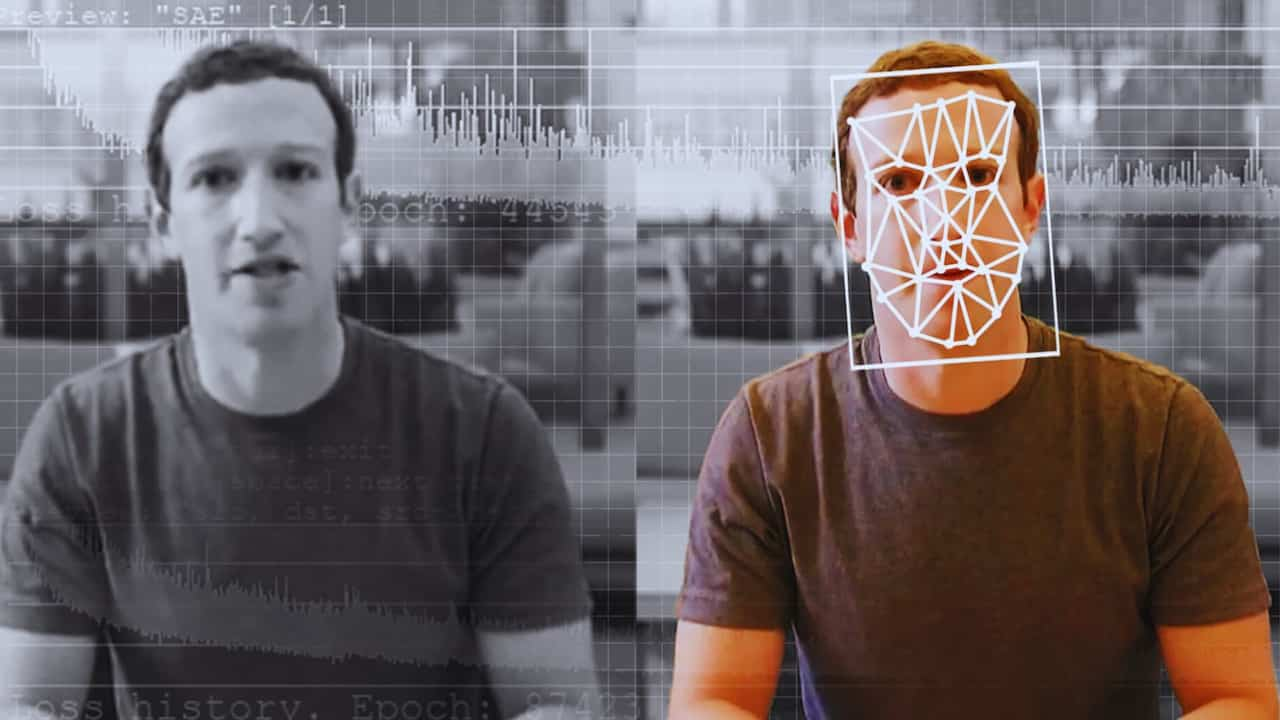AI Trickery Unmasked: Startup Fights Deepfakes in Real-Time
A new startup claims to have successfully identified AI-generated video fakes in a world where visual cues are no longer reliable. Reality Defender, a tech firm specializing in AI disinformation tools, says it can identify deepfake videos during live calls.
This breakthrough comes as deepfakes pose a growing threat to governments, businesses, and everyday people. Just recently, a US Senator fell for a fake video call with someone posing as a Ukrainian official.
An employee of an engineering company lost millions due to a deepfake video chat. Even romance scammers are using this tech to trick unsuspecting victims.
“We’re likely months away from an explosion of deepfake video fraud,” warns Ben Colman, CEO of Reality Defender. The company strives to collaborate with businesses and government agencies to thwart these sophisticated scams.
During a demo, I watched as Reality Defender’s product manager used basic AI tools to create a crude Elon Musk deepfake. Their detection system quickly flagged the video as fake, showing how it might work in real-world scenarios.
While impressive, Reality Defender’s tech isn’t publicly available yet. They’re focusing on a Zoom plugin for select clients that can spot fake participants in video calls. The company is still testing how well it can tell real people from AI fakes.
Reality Defender isn’t alone in tackling this problem. Intel showed off its “FakeCatcher” tool in 2022, which looks at subtle changes in facial blood flow to spot fakes. Researchers are also exploring other methods, like video “CAPTCHA” tests to keep AI bots out of calls.
As Reality Defender fine-tunes its fake-spotting AI, Colman says getting more training data is key. He hints at new partnerships coming next year to boost their capabilities.
So how can you protect yourself from video call scams right now? Experts say the most important thing is to stay skeptical. Don’t assume you can always spot a fake with your own eyes. The technology is improving so quickly that obvious signs of fakery may soon disappear.
“We don’t expect my 80-year-old mother to spot email scams on her own,” Colman points out. In the future, real-time video authentication might be as common as the spam filter in your inbox.
The Rise of Deepfakes
Deepfakes aren’t just a problem for the rich and famous anymore. As the tech gets better and easier to use, anyone could become a target.
“These systems need less and less data to make convincing fakes,” explains Govind Mittal, an AI researcher at NYU. “If I have 10 pictures on Instagram, someone could use that to make a fake video of me.”
Deepfakes use AI to create fake videos or audio that look and sound real. The word combines “deep learning” (a type of AI) and “fake.”
Here’s how it works: AI studies lots of photos and videos of someone from different angles. It learns how they move, talk, and behave. Then it can create new videos that look just like real people.
As the fake gets better, another AI system tries to spot flaws. This back-and-forth makes the end result super realistic.
The Dangers of Deep Fakes
While most AI is helpful, deepfakes can cause big problems.
- Spreading false information to sway elections.
- Tricking people out of money
- Damaging reputations with fake scandals
- Creating fake news that looks real
“The tech can make people believe something is real when it’s not,” warns Peter Singer, a tech security expert.
Fighting Fake Videos
Big tech companies like Facebook and Microsoft are working with top schools to build fake video databases. This helps train AI to spot fakes better.
Right now, there are some telltale signs of deepfakes.
- Blurry areas around the face
- Unnatural eye movements
- Weird lighting or shadows
But as the technology improves, these clues are getting harder to spot.
Staying Safe
Until better solutions arrive, here’s how to protect yourself:
- Be skeptical of unexpected video calls, especially if money is involved.
- Double-check with the person through another method if something seems off.
- Remember that realistic fakes exist; don’t trust video alone for important decisions.
- Stay informed about deepfake tech and new detection methods.
As AI gets smarter, so do the scammers using it. But with awareness and caution, we can stay one step ahead of deepfake trickery.
